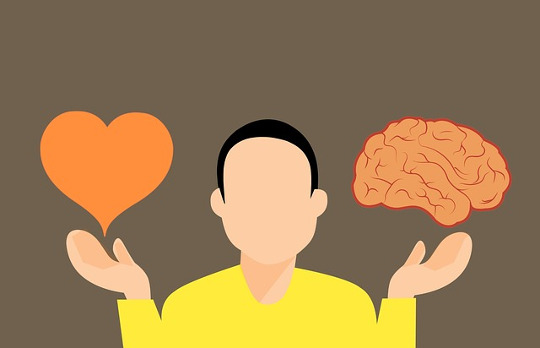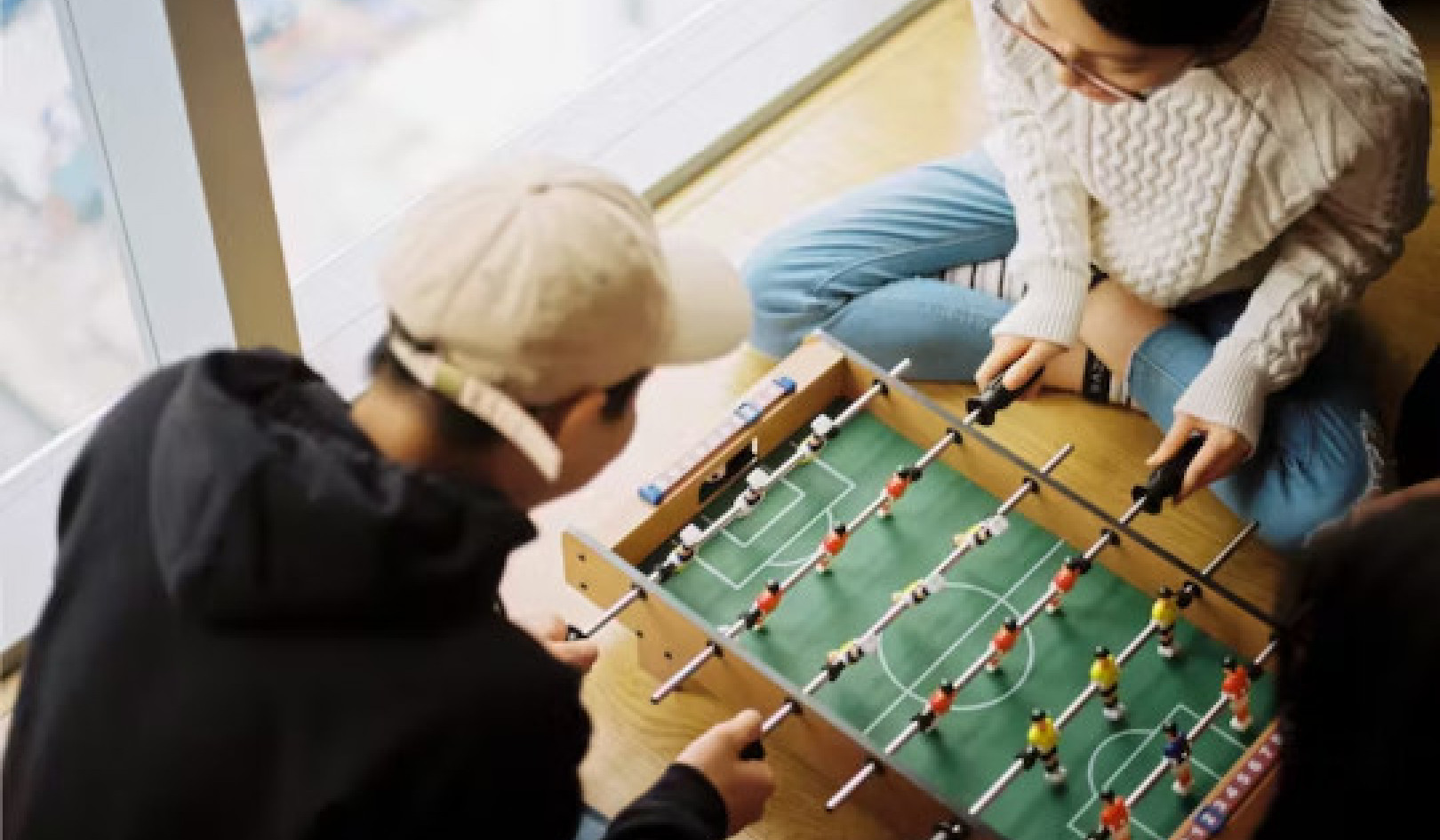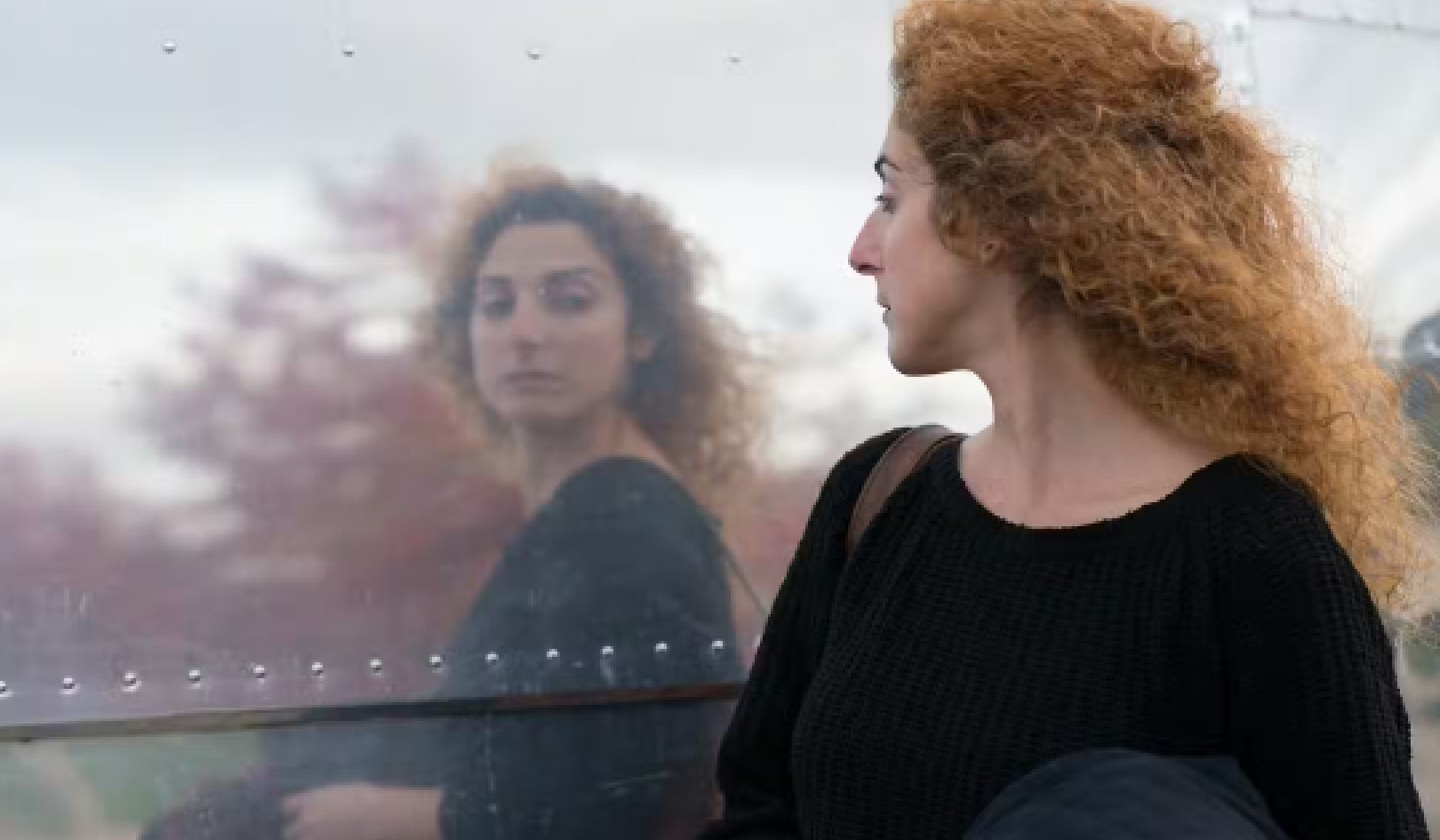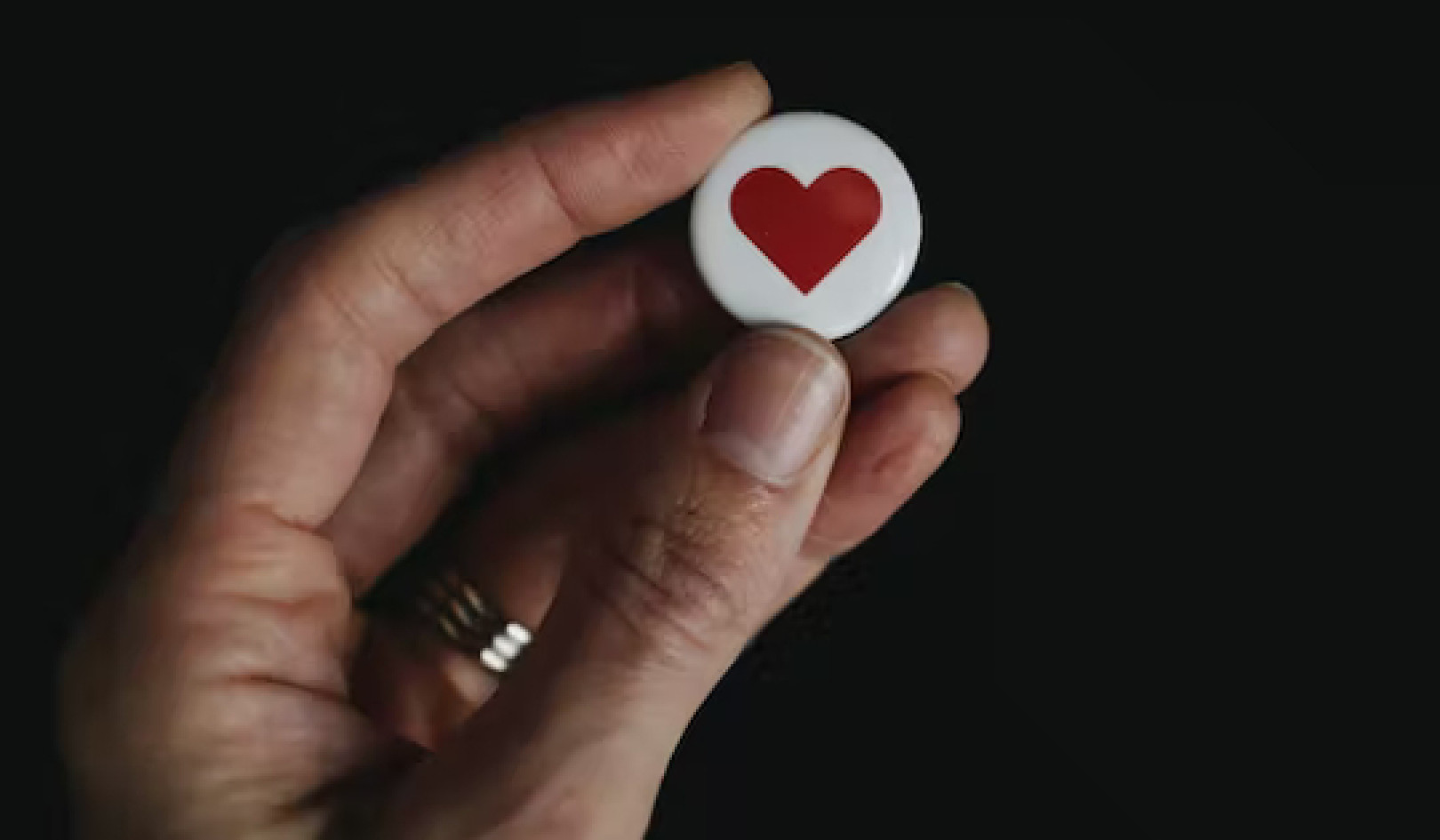
Image by mohamed Hassan
Be kind to everyone, and if you can’t be kind
then at least do no harm.
-- H H Dalai Lama
When we practise Mindfulness, we get to know ourselves better; and in particular we get to know more about our habitual patterns of thought and behaviour. It is a bit like turning a dimmer switch up in a room. In a similar way, Mindfulness increases our inner awareness and this starts to reveal more and more of what is in the room of our mind.
Some of the things we get to know about ourselves we won’t like, perhaps that we are more selfish, angry or anxious than we had previously realised. Usually, when we see something about ourselves that we don’t like, we give ourselves a hard time. This is counterproductive, because it merely strengthens the voice of our self-critic, whereas it might be more skilful to cultivate a kind and encouraging voice in the face of our difficulties. It is like the example of the two kinds of teacher (or puppy trainer!) – one who shouts when we make mistakes or one who encourages us when we fall short of our goals. Which teacher would you prefer?
Exploring Kindness
Let’s now explore kindness in a very simple and pragmatic way. Think back over the last week or so and recall some of the acts of kindness that someone else did for you. They don’t have to be big acts of kindness, like donating a kidney! They can be small acts of kindness, like someone making a cup of tea or a meal for you, someone holding a door open for you, or someone making way for you in a queue of traffic.
Now think about some acts of kindness you did for others over the last week or so. Again, they don’t have to be major acts of kindness; they can be everyday acts of kindness, such as sending someone a kind text, saying something to cheer someone up or carrying someone’s bag.
Sometimes people find it more difficult to remember acts of kindness they did for others in comparison to acts of kindness they received. It is as if we are a bit embarrassed to acknowledge our good points, such as our acts of kindness. Is this the case for you?
Finally, think about some acts of kindness you did for yourself over the last week or so. Perhaps you made yourself a cup of tea after a busy day, ran yourself a hot bath or took some time out of your busy schedule to practise some Mindfulness! Sometimes people find that they can more easily be kind to others than to themselves. Is this the case for you?
Defining Kindness
Now we have reflected on some examples of kindness from our own experience, let’s look at a definition:
Kindness is a genuine wish for the happiness and well-being of ourselves and others.
People often think that kindness is a form of indulgence, but if what we are doing is motivated by the wish for the happiness and well-being of ourselves or others, then how can this be indulgent? We can check the difference between kindness and indulgence by examining our motivation.
For example, is it kind or indulgent to have a third glass of wine, or a second piece of cake after a stressful day? In the short term we might feel better, but having that extra glass of wine or slice of cake is probably reinforcing an unskilful habit of coping with stress and is unlikely to be in the interest of our long-term happiness and well-being.
At this point it may be useful to reflect that our bodies and minds have evolved to survive and procreate, not necessarily to be happy. Those ancestors of ours who ran up a tree when they heard a rustle in the grass were the ones that survived and were not eaten by predators, and they were the ones who passed on their genes to us. In this way we have evolved to be very sensitive to threats.
Unfortunately this tendency is reinforced in today’s society where we are surrounded by threatening messages from news coverage of terrible crimes, wars and natural disasters, and from the advertising industry telling us we are not good enough until we get the right car, house, body shape, and so on.
These messages can cause us to imagine many threatening situations that may never happen, but the brain nonetheless still experiences them as threats. As Rick Hanson pointed out in his book Buddha’s Brain: The Practical Neuroscience of Happiness, Love, and Wisdom, threat sticks in the mind like Velcro and kindness slides off the mind like a silk scarf. For this reason it is wise to counteract our default threat tendency by consciously training our minds to notice and appreciate acts of kindness.
Focusing Our Attention
To illustrate the link between what we imagine and how we feel, consider what would happen if we only focused on instances when other people were unkind to us. We would clearly not end up feeling very good. But the strange thing is that we often tend to dwell on memories of other people being unkind or saying unpleasant things to us.
Evolutionary Psychologist Professor Paul Gilbert loves to use the example of going to a shopping complex where nine shopkeepers are very polite and helpful, and one is rude and offhand. Who do you talk about when you go home? Invariably we tend to gloss over the people who were kind and focus on the one who was not.
It is helpful to remember that we are not to blame for this; it is just how our brain has evolved. But it is also important to bear in mind that if we continually stimulate our threat system, this has the effect of blocking helpful memories and positive brain patterns. The question we need to ask ourselves is: where do we want to shine the spotlight of our attention?
This brings us back to one of the core principles in our training: ‘energy follows focus’. This means that our energies flow in the direction of what we focus on, so if we feed positive thoughts and feelings we feel happy, while if we feed negative thoughts and feelings we feel miserable. Similarly, if we dwell on unpleasant events in the past or continually worry about possible threats in the future, we then reinforce the threat setting in our brain, and end up feeling more and more stressed and anxious. However, if we pay more attention to thinking and acting in kind ways, we reinforce this habit in our minds, and research shows that it results in greater happiness and well-being.
Setting Our Intention
We begin this process by setting our intention to practise kindness in our formal Mindfulness practice and in our daily lives. Then we clarify our motivation by reflecting on why it would be helpful to experience more kindness in our lives, and how this might benefit both ourselves and those around us. We can then do the kindness exercise below on a regular basis and practise recognising kindness when it happens in our lives – really allowing ourselves to bathe in the feeling of kindness.
We can practise random acts of kindness by taking opportunities that occur in our daily lives to be kind. We can practise walking around town smiling at the people we pass and in our heads wishing them to be happy. Kindness is catchy and so if we smile at someone with a genuine wish for them to be happy, then they are more likely to smile at the next person they pass in the street.
Being Aware
Just as it is important to practise kindness, so too is it important to notice when we are closing down to kindness. Many of us feel resistance to giving or receiving kindness, and we can instead experience feelings such as anger, sadness or anxiety. This is perfectly normal and it is an opportunity to welcome and get to know our blocks to kindness.
We don’t need to fix these blocks and resistances, nor do we need to contrive feelings of kindness when they do not naturally flow. It is enough just to be aware of these blocks and hold them with an attitude of acceptance. This in itself is an act of kindness. It also creates the conditions for these blocks to soften and for the energy of kindness to gradually flow around them.
Memories of Kindness Exercise
Some of us may even find ourselves crying when we do the kindness exercise. This is absolutely fine and it is a sign that the energy of kindness is beginning to flow.
Do this exercise for about 15 minutes.
Sit in a relaxed and dignified posture and begin by bringing to mind your intention for the practice, for example to explore the experience of kindness. Then spend a minute or so reflecting on your motivation – why you want to cultivate a kinder atmosphere within your mind. How might this benefit you and those around you?
Now bring to mind a memory of when someone was kind to you. Recall the detail of what happened and go through it in your mind. Remember how you felt when this person was kind to you. As you bring to mind the memory allow your experience to unfold in its own way, simply noticing what happens and remembering that there is no right or wrong way to feel.
Do you notice any thoughts about the memory? How does this act of kindness feel in your body now? Allow yourself to experience whatever feelings are present for a couple of minutes, becoming familiar with any felt sense of kindness or any felt sense of resistance.
Now bring to mind a memory of when you were kind to someone else. It may take some time for a memory to emerge. Recall the detail of what happened and go through it in your mind. Recall how you felt when you were kind to this person. Do you notice any thoughts about the memory? How does this act of kindness feel in your body now? Allow yourself to feel any sense of kindness or resistance as you recall this memory.
Finally, bring to mind a memory of when you were kind to yourself. Recall the detail of what happened and go through it in your mind. Remember how you felt and notice any thoughts about the memory. How does this act of kindness feel in your body now? Allow yourself to experience whatever feelings are present for a couple of minutes, becoming familiar with any felt sense of kindness or any felt sense of resistance.
To end the practice let go of the memories, feel the weight of your body resting on the ground and your breath moving through the body. Notice any leftover feelings from the practice and gently soften around how they feel in the body.
You may notice that bringing these memories to mind creates warm feelings of kindness inside of you, even if they are just faint glimmers.
Noticing Acts of Kindness
In your daily life, see if you can notice acts of kindness that are done for you or that you do for others, however small they may be. Tune in to how these acts of kindness feel in your body.
Take time to bathe your mind and body in kindness whenever the opportunity presents itself.
Once you become familiar with this felt sense of kindness, see whether you can bring this to your Mindfulness practice and to your daily life so that you practise and live with an attitude of open and kindly curiosity towards whatever arises in your experience.
Practice for the Week
Formal Practice
Do the memories of kindness exercise. You can use the guided audio from the MBLC app (available for Android or iOS devices) or on this webpage. At the end of the period of practice, reflect on what happened during it and make notes. In particular, notice any particular body sensations you noticed during the practice. Do this each day this week. This is your own personal record.
Informal Daily Life Practice
Find opportunities to do random acts of kindness. Then at least once in the week, when you are walking around town, smile at the people you see and wish them to be happy in your mind.
©2017 by Choden and Heather Regan-Addis.
Publisher: O Books, imprint of John Hunt Publishing Ltd.
All Rights Reserved. www.o-books.comwww.o-books.com
Article Source
Mindfulness Based Living Course: A self-help version of the popular Mindfulness eight-week course, emphasising kindness and self-compassion, including guided meditations
by Choden and Heather Regan-Addis.
 Mindfulness is an innate capacity of the mind that can be trained to alleviate stress and low mood, to reduce the power of rumination and self criticism, and to evoke emotional well being and proactivity. The Mindfulness Based Living Course is a practical guide to the development of a mindful approach to living in the modern world. Its distinctive feature is a compassionate approach to mindfulness that is based on many years of experience in the practice and delivery of mindfulness training by two of its leading exponents - the former Buddhist monk Choden and Heather Regan-Addis, both directors of the Mindfulness Association. (Also available in Kindle format)
Mindfulness is an innate capacity of the mind that can be trained to alleviate stress and low mood, to reduce the power of rumination and self criticism, and to evoke emotional well being and proactivity. The Mindfulness Based Living Course is a practical guide to the development of a mindful approach to living in the modern world. Its distinctive feature is a compassionate approach to mindfulness that is based on many years of experience in the practice and delivery of mindfulness training by two of its leading exponents - the former Buddhist monk Choden and Heather Regan-Addis, both directors of the Mindfulness Association. (Also available in Kindle format)
About the Authors
 Formerly a monk within the Karma Kagyu tradition of Tibetan Buddhism, Choden (aka Sean McGovern) completed a three-year, three-month retreat in 1997 and has been a practicing Buddhist since 1985. He co-wrote the bestselling Mindful Compassion with Prof. Paul Gilbert in 2013.
Formerly a monk within the Karma Kagyu tradition of Tibetan Buddhism, Choden (aka Sean McGovern) completed a three-year, three-month retreat in 1997 and has been a practicing Buddhist since 1985. He co-wrote the bestselling Mindful Compassion with Prof. Paul Gilbert in 2013.
 Heather began training in Mindfulness with Rob Nairn in 2004. She is a British Wheel of Yoga trained yoga teacher, has a PGDip in Mindfulness Based Approaches from the University of Bangor, Wales and a Masters Degree in Studies in Mindfulness from the University of Aberdeen, Scotland.
Heather began training in Mindfulness with Rob Nairn in 2004. She is a British Wheel of Yoga trained yoga teacher, has a PGDip in Mindfulness Based Approaches from the University of Bangor, Wales and a Masters Degree in Studies in Mindfulness from the University of Aberdeen, Scotland.
























